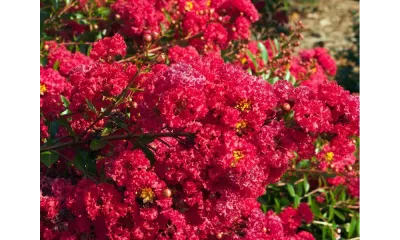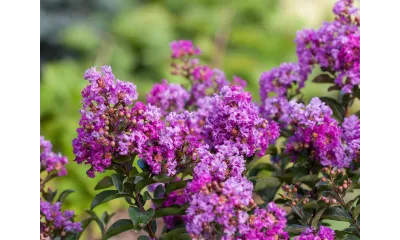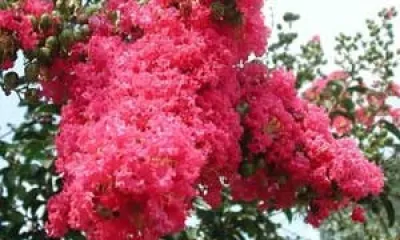
Crape Myrtle

Razzle Dazzle Series
Dwarf shrubs that grow from 3-5' tall. Come in a variety of colors and are great for shrub and perennial beds.

Magic® Series
New series that vary in size and color. Some varieties have dark purple leaves that have a unique appearance.

U.S. National Selections
Varieties that were selected by the U.S. National Arboretum. 'Natchez' is the most popular selection which has pure white flowers and grows 30 feet tall - a multitrunked tree with spectacular cinnamon-colored bark on older trunks. 'Muskogee' has light lavender flowers and also reaches 30 feet tall. 'Tuscarora' reaches 15-20 feet tall and has hot coral pink flowers.




